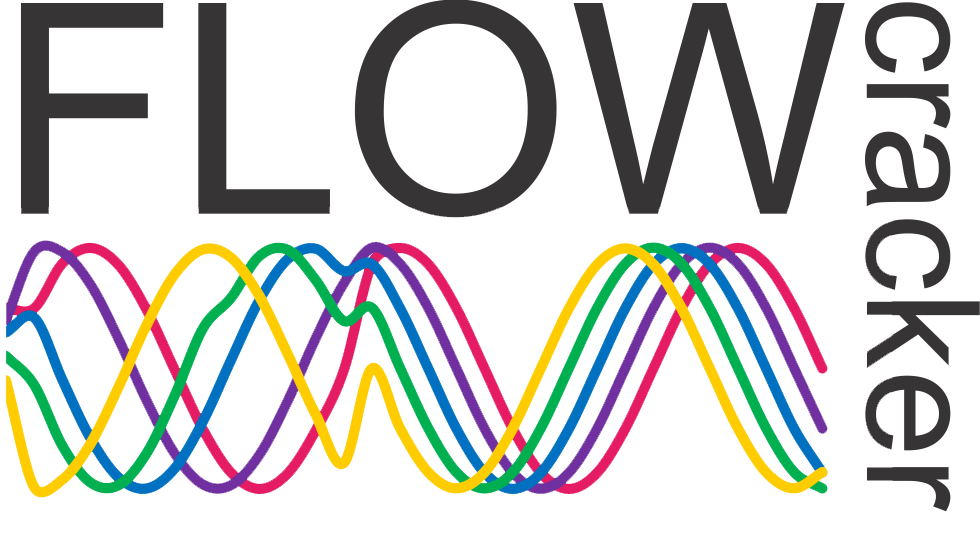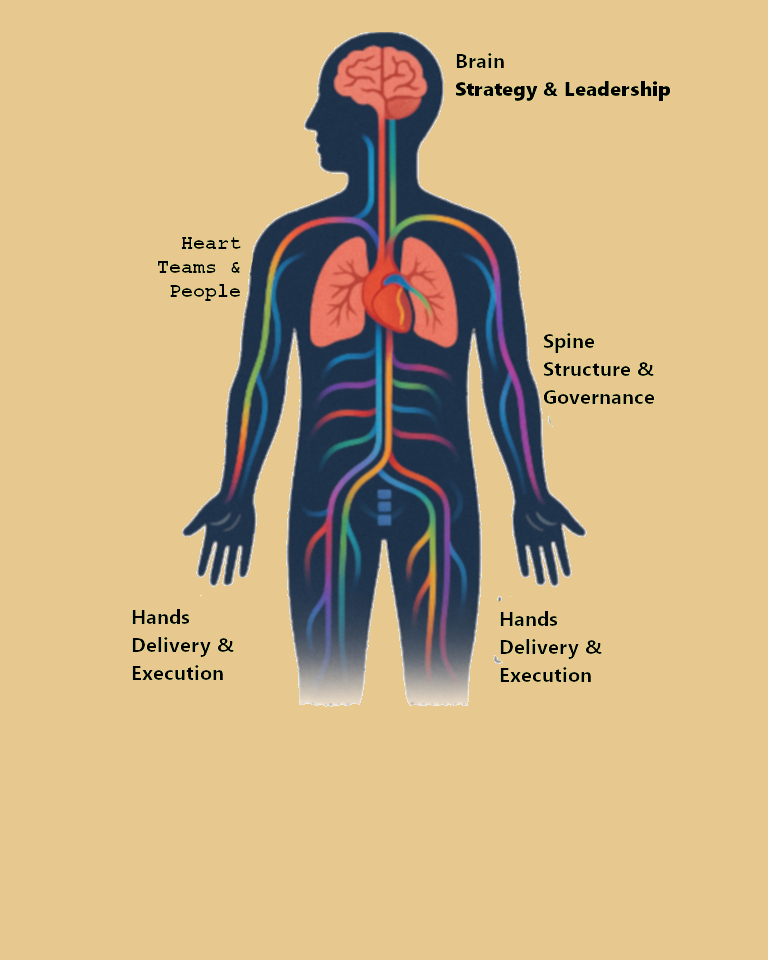When we first introduced “flow” into transformation conversations, we assumed everyone would get it. Who doesn’t want things to move smoothly from idea to impact? But, in most enterprises, different functions speak different dialects of value:
- For some, flow meant “deliver faster.”
- For others, it meant “remove bottlenecks.”
- For a few, it meant “something the Agile team does, not me.”
Each is valid in its own context. That’s where Flow as an Operating Principle comes in. Flow gives us a neutral, non-threatening, data-informed way to talk about how work travels through the system — regardless of whether that system is a development team, a cross-functional initiative, or the entire enterprise.
Flow must become your operating principle.
Flow Isn’t Just a Team Concern. It’s a Systemic Pattern.
Too often, leaders equate flow with speed—how quickly tasks move through a system, how fast teams deliver, or how rapidly milestones are met. But true flow isn’t merely about acceleration; it’s about rhythm and alignment. Picture a professional rowing crew in perfect synchronization: every stroke matches the others, and the boat moves effortlessly. The secret to their success isn’t brute force; it’s balance.
Enterprise flow is about achieving sustainable rhythms of work and consistent alignment across teams, processes, and objectives. It involves recognizing how smoothly value moves from one part of your system to another—and how clearly individuals understand their contributions within the broader context.
Flow Cracker helps shift the conversation from “How fast?” to “How smoothly?” It’s a subtle yet powerful change that reveals bottlenecks, improves alignment, and builds systemic health—without burning teams out.
Designing for Flow, Not Just Structure
Org charts tell you who reports to whom. They say nothing about how value moves. That’s why a reorg often changes little—because the pipes stay clogged.
But flow rarely respects reporting lines.
If structure defines who owns what, flow reveals how value travels—or doesn’t. When you start designing for flow, patterns emerge:
- Invisible queues: Work waiting for approval no one owns
- Redundant steps: Legacy controls that add delay but no safety
- Rework loops: Effort consumed in fixing what misaligned interfaces produced
Instead of saying “engineering is slow” or “operations is blocking,” we see the end-to-end picture. This often means:
- Organizing around value streams, not functional silos
- Removing approval layers that add delay but no risk mitigation
- Giving cross-functional teams the authority to deliver end-to-end
Imagine your enterprise not as a pyramid of roles, but as a network of intentional, low-friction paths through which value moves. It’s not about flattening hierarchy. It’s about removing drag from the system.
Flow Is Fractal—It Happens at Every Level
One of the most misunderstood truths about flow:
It’s not limited to Agile teams.
Flow happens at multiple, nested levels:
- Individual level – avoiding context switching, focusing on high-value work
- Team level – limiting WIP, smoothing backlog movement
- Program/Portfolio level – moving strategic bets to customers without disappearing into dependencies
Flow is fractal—it repeats at every scale. And yet, most breakdowns occur between those levels.
The trick is synchronizing flow across these layers. If the micro flows are smooth but the macro flow is jammed, you’re still stuck.
Flow-aware enterprises design for coherence across layers, not just velocity within them.
From Metrics to Movement
We love measuring things. But not everything that is measurable is meaningful—and not everything meaningful is easy to measure.
Traditional delivery metrics (velocity, utilization, story points) give the illusion of control. But they don’t tell you whether value is moving.
Flow-informed enterprises shift to:
- Cycle Time – how long does it take to deliver value?
- Flow Efficiency – how much of that time is active vs. waiting?
- Queue Aging – what’s been forgotten?
- Feedback Latency – how long before we learn?
What flows, learns. What’s stuck, decays.
Flow—A Capability to Build
Here’s the trap: treating flow as a “fix” rather than a “capability.”
Flow isn’t a quick fix. It’s a capability—a way of seeing, sensing, and shaping work.
Building flow capability means:
- Training people across levels to spot and measure flow disruptions.
- Giving teams the authority to act on what they find.
- Creating forums where cross-functional flow issues can be addressed without blame.
Over time, the capability to protect and improve flow becomes a source of resilience — a shared competence that binds the enterprise together.
It’s a leadership discipline and an enterprise muscle.
Why Flow Is Your Operating Principle?
Agile, DevOps, OKRs, AI workflows—they’re all powerful. But without flow, they become rituals without rhythm.
Flow is one of the rare concepts that resonates with engineers, product leaders, finance, operations, and executives — because it’s not about replacing their language, but connecting it.
When you adopt flow as an operating principle, you stop asking, “Which side is right?” and start asking, “Where is the value getting stuck, and how do we move it?”
That’s leadership. That’s culture. And, over time, that’s the bridge that holds your enterprise together.


